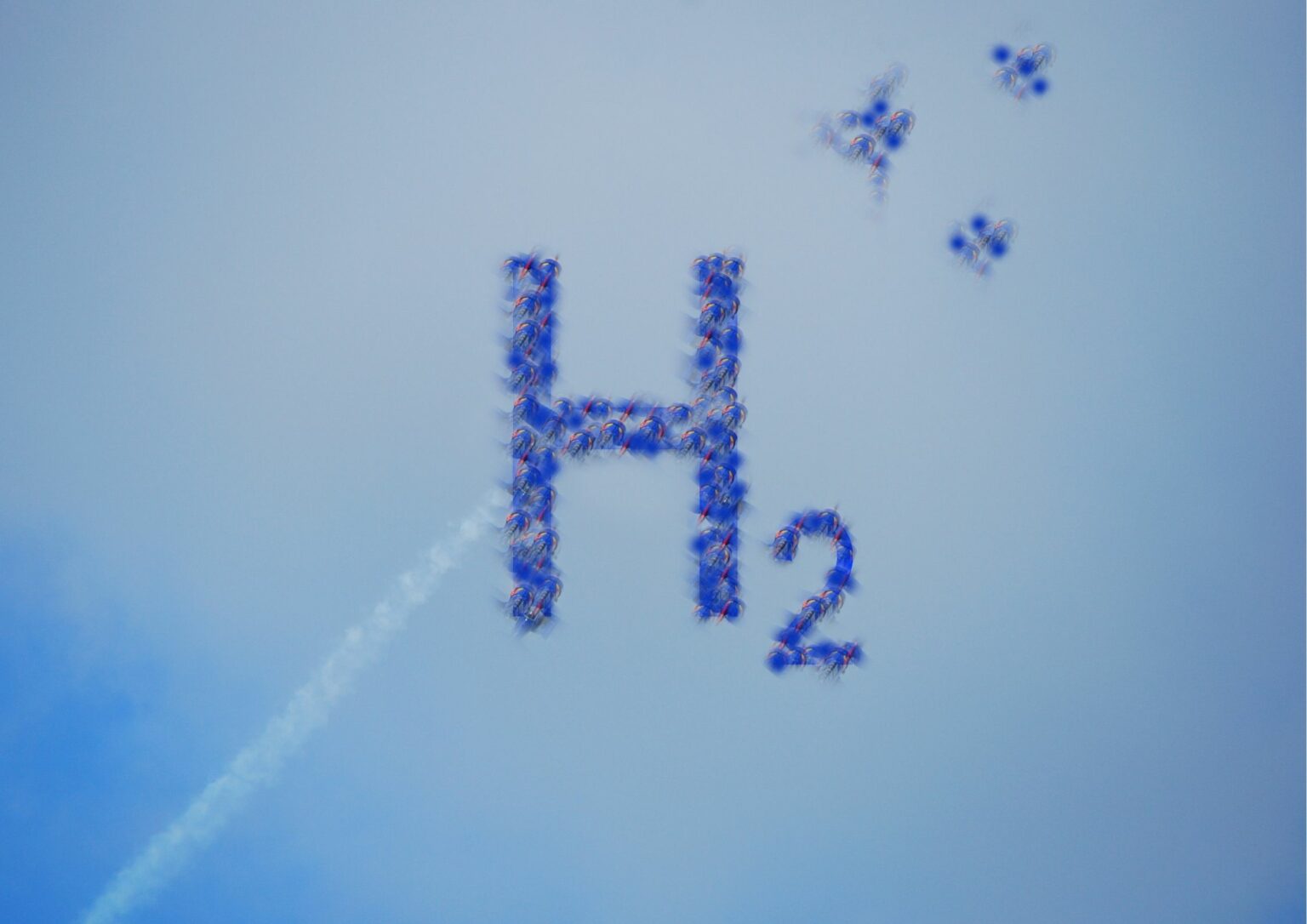The European Union has set ambitious goals for green hydrogen production and imports, aiming to produce 10 million tonnes of renewable hydrogen by 2030 and import an additional 10 million tonnes.
Despite the significant funding and political support, the European Court of Auditors (ECA) has cast doubt on the feasibility of these targets. This article critically examines the ECA’s findings and contextualizes the EU’s efforts within the broader hydrogen energy sector.
The European Commission’s targets are part of the EU’s strategy to reduce reliance on Russian energy imports and meet climate change commitments. However, the ECA’s report highlights a significant gap between political aspirations and practical implementation. The auditors argue that the targets are more a product of political will than a result of robust, evidence-based analysis.
The EU has allocated €18.8 billion ($20.5 billion) for green hydrogen projects. However, the progress toward meeting the targets has been slow. Projects capable of adding less than 5 GW of production capacity by 2030 have reached advanced stages, while projects totaling around 50 GW are still in early assessment stages. This discrepancy underscores the challenges in scaling up green hydrogen production and infrastructure.
A Call for a Reality Check
Stef Blok, the ECA auditor who led the report, emphasized the need for the EU’s industrial policy on renewable hydrogen to undergo a reality check. The ECA recommends that the European Commission devise a more targeted approach to allocate scarce EU funding effectively and update policies to better incentivize hydrogen projects.
The European Commission has acknowledged the report and noted that the hydrogen market is gradually taking shape. A Commission spokesperson emphasized the need to accelerate the deployment and uptake of renewable and low-carbon hydrogen in Europe. This response indicates a recognition of the challenges ahead and a commitment to refining strategies to meet the ambitious goals.
When compared to global hydrogen initiatives, the EU’s targets appear ambitious but not entirely out of reach. For instance, Japan and South Korea have also set aggressive hydrogen targets but have backed them with detailed roadmaps and significant investments in technology and infrastructure. The EU’s approach, while well-funded, lacks the same level of detailed planning and realistic timelines.
